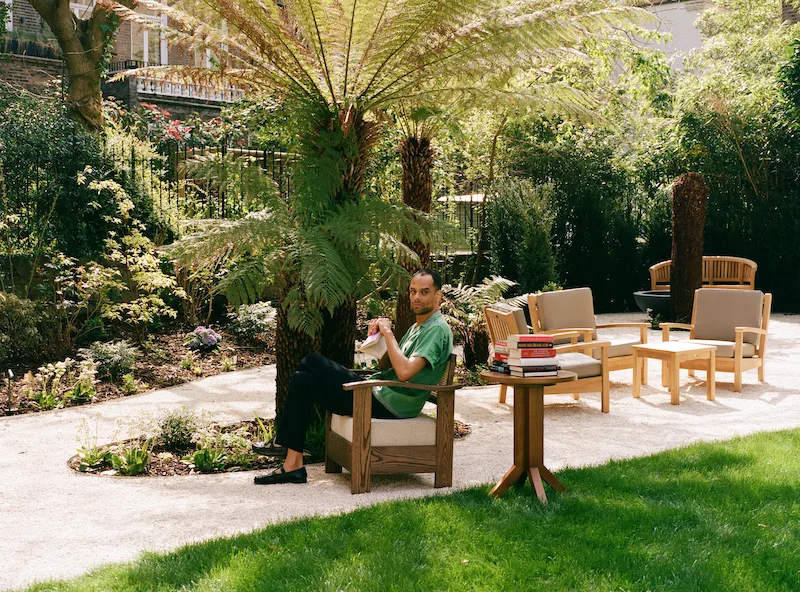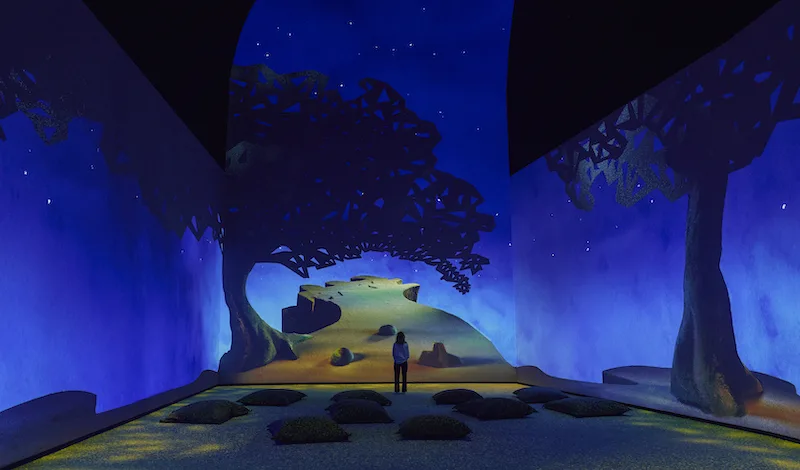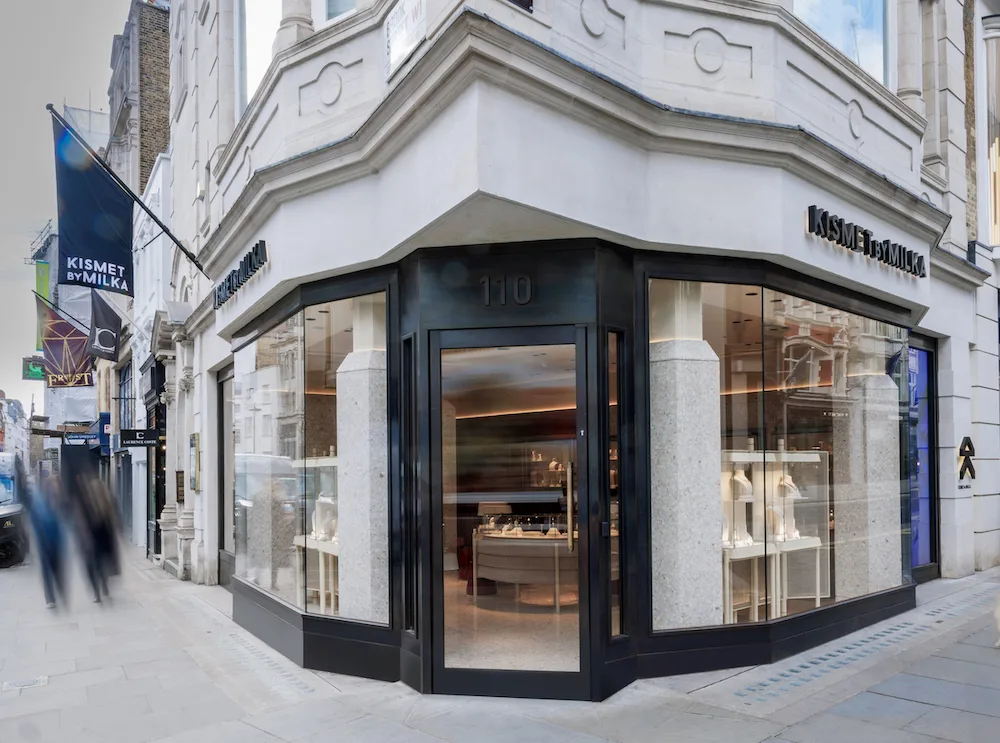For a very long time, the idea of reintroducing endangered species in captivity back into their wild natural habitats was very often thought an impossible task. Many attempts were made with disappointing and heart-breaking results. The task at hand was, and is, immense. But for John Aspinall, the founder of The Aspinall Foundation and his son Damian, who is now leading the organisation, the rewilding of animals in danger of extinction will always be the first and the last goal to complete. The story of this foundation is told by all the people, the communities, the partners, the guests and all the donors contributing to the improvement of wildlife in every corner of the earth.
However, at the very centre of that great story it will always be the African wild dog, the Western Lowland Gorilla, the Eastern Black Rhino, the Greater Bamboo Lemur and each and every animal species at risk in the world. For the last three decades, the charity’s key target has remained the same, hence it made perfect sense to name their major campaign “Back to the Wild”, establishing a number of different projects in Congo, Gabon, Java and Madagascar. In the first two countries, the job has been to stop the rapid decline of western lowland gorillas and reintroduce them in their natural habitat.
Other activities include school programs, reforestation projects and assisting local people…

The success of this program would not have been the same if it wasn’t for the creation in 1989 of the first ever gorilla orphanage, which has rescued more than 100 animals since, and reintroduced 70 of them back in nature, with 26 travelling from the camp in Kent. The situation with the greater bamboo lemur in Madagascar was quite dramatic back in 2009 with only a population of 100. Therefore, it was crucial to create a community-managed site designed to protect the greater bamboo lemur. With the strong combined effort of The Aspinall Foundation and the local communities, the number of these lemurs has increased in the last years from the initial 100 to more than 1,000, being for the first time in ten years out of the 25 most endangered primates in the world. Every project within the “Back to the Wild” campaign is not exclusively focused on the reintroduction of the different species in their natural environment.
They are normally reinforced and backed with supplementary projects. In Congo, the work with the local communities to enforce new laws has been essential to tackle the illegal trade in gorillas, alongside the increase in protection with more park rangers in the area. And in Madagascar, in order to support a long-lasting safeguarding effort, the work is done hand in hand with scientists, students and rangers to study the lemurs and improve the long-term conservation plans. Other activities include school programs, reforestation projects and assisting local people to establish sustainable and financially stable farming methods.
Now, to better understand the real value of the work that The Aspinall Foundation has done over the years we should go back to the UK, and to be more precise to Kent, right to the Port Lympne reserve and Howletts park. At Howletts, which is home to almost 400 animals, including giant anteaters, African elephants, gorillas, leopards or monkeys, visitors enjoy amazing animal sightings and a wonderful time with family and friends. At Port Lympne, guests can enjoy a day trip strolling around some fantastic sceneries, or indulge in a short stay at one of the many accommodation options available. This reserve hosts over 900 animals across 75 species, becoming a safe haven for many threatened animals.

The real work though happens behind the scenes. They are world leading sites in captive breeding and animal welfare, being first in the world in breeding western lowland gorillas (with 147 born in the Parks to date), and having ground-breaking results returning captive species to the wilderness providing a very important genetic diversity in their new habitats. The aim is to return the captive animals to the wild where possible. In this regard, The Aspinall Foundation has accomplished great goals with the rewilding of cheetahs back in South Africa, like the incredible story of the two cheetah brothers Saba and Nairo.
In mid-July 2017, two cheetah cubs were born at Port Lympne Hotel & Reserve in Kent, named Saba and Nairo. But soon one of them, Saba, showed signs of illness. Since his liver was not functioning properly, had to be personally hand-raised by Aspinall Foundation Chairman Damian and his wife. After taking close care of the cub, Saba slowly recovered and within a year and a half, both Saba and Nairo were reunited forming a strong bond together. While Saba was being treated, Nairo was raised by his mother and later separated at the time he would disperse, just to reunite with his brother.
This and many other true stories are part of what makes The Aspinall Foundation what it is nowadays…

Back in February 2020, the cheetahs were carefully taken to South Africa by plane in partnership with the Ashia Cheetah Sanctuary, near Cape Town, where the pair stayed for six months acclimatising to the new life in South Africa. Their next destination was a 660 km trip to Mount Camdeboo Private Game Reserve in the Great Karoo. There, Saba and Nairo would start sharpening their hunting skills for several months with the final goal in mind to be released in the wild. Within a day after the arrival to their new home, they managed to hunt the first prey, a springbok and a blesbok.
Great achievements for two animals who had been in captivity just a few months before! After proving to be able to feed for themselves for a long period of time, it was time for the couple’s next destination, finally living in the wild in the larger Mount Camdeboo Reserve. February 17th 2021 was the day Saba and Nairo started their new lives in their 8000 hectares perfect home, hopefully having their own happily ever after! This great accomplishment by the foundation makes it the first ever UK captive cheetahs to be successfully released in South Africa.

As Damian Aspinall commented: “This is an incredible success for The Aspinall Foundation, Mount Camdeboo and the Ashia Cheetah Conservation. Many doubted that this ground-breaking project was possible, but together we have definitively proven that captive born cheetahs can be successfully rewilded. We are already working with other organisations to replicate this incredible project and rewild more cheetahs in Africa, bringing valuable new genetics to local populations and return these stunning cats to their ancestral homelands.”This and many other true stories are part of what makes
The Aspinall Foundation what it is nowadays, one of the most important leading conservation specialists who are at the forefront of rewilding captive animals in areas of protected wilderness. What they do, and the dedication with which they do it, might just make them the true conservationist heroes of today!

















Show Comments +